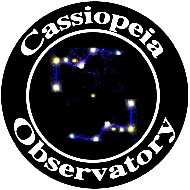D850 Astrophotography, Venus,
Challenges of Horsehead Nebula
Posted: 22 February 2025
I did not open the observatory Wednesday night, 19 February 2025, as I had an early morning drive on Thursday, 20 February. I was an invited speaker at the Arizona Public Land Managers meeting in Apache Junction. I was presented with a Pinal County medallion for being a featured speaker.

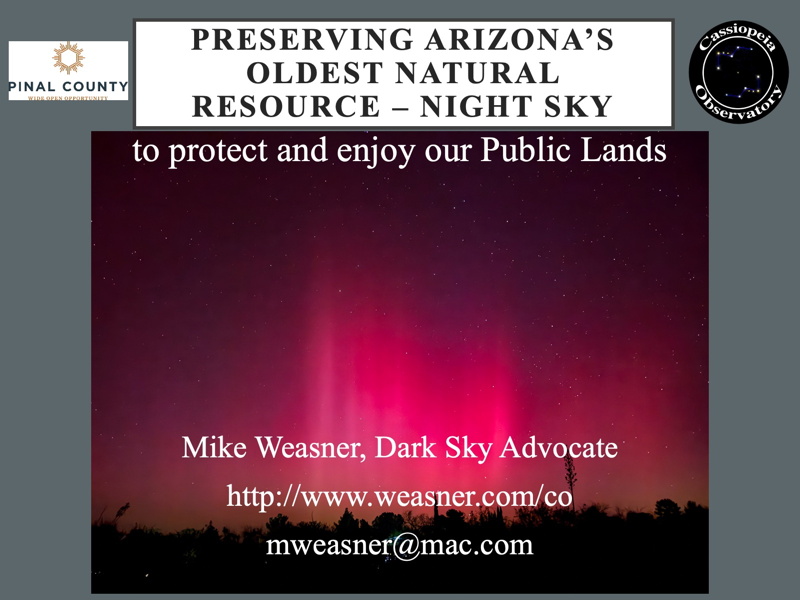
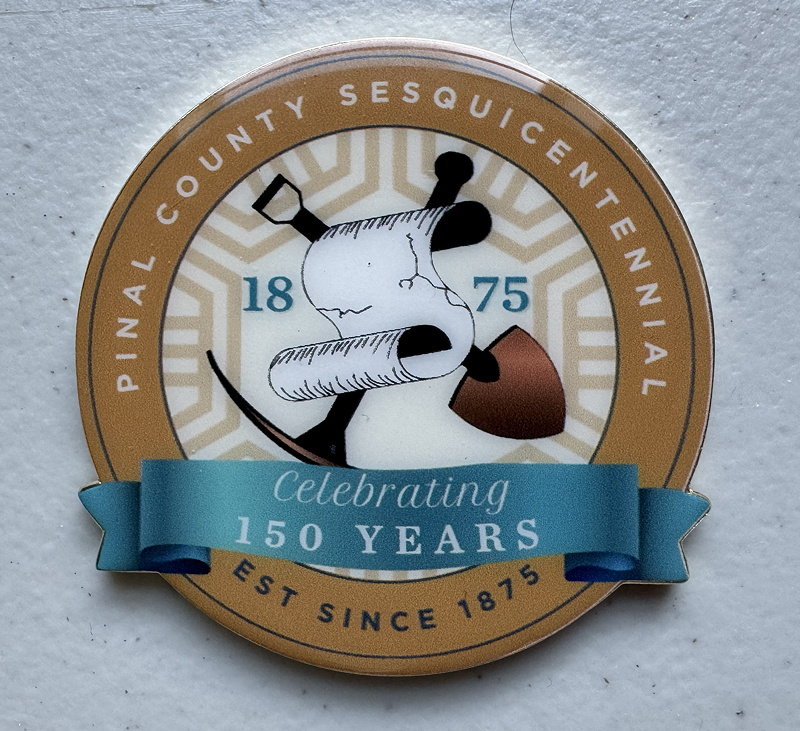
Thursday night was cloudy, but there was a pretty sunset.
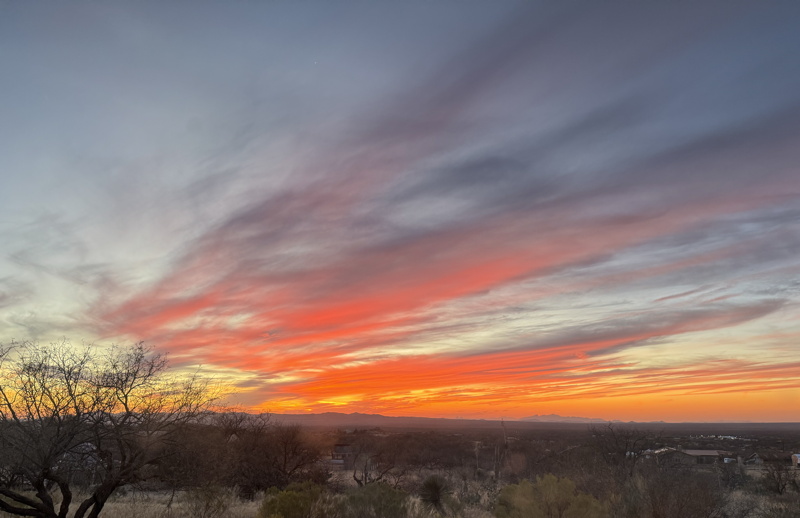
|
Open: Friday, 21 February 2025, 1814 MST Temperature: 75°F |
Session: 2073 Conditions: Mostly clear |
Equipment:
12" f/8 LX600 w/StarLock
2" 24mm UWA eyepiece
2" 4X Powermate
2" UHC filter
Camera:
D850 DSLR
iPhone 15 Pro Max
1815 MST: Sunset.
1820 MST: LX600 ON, StarLock OFF, High Precision OFF.
Tried to observe Mercury low in the western bright twilight sky without success.
Viewed Venus 102X and 406X.
Prepared the D850 DSLR for imaging. Mounted the camera at prime focus + 2" 4X Powermate. Took this full-frame image of Venus (1/320sec, ISO 200).

This is a stack of 1270 video frames (1080p, 60fps, 1/320sec, ISO 200).
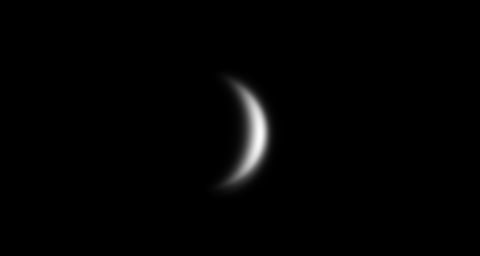
Then I viewed Mars, 102X and 406X.
1853 MST: High Precision ON.
Slewed to the Horsehead Nebula (IC434) and began waiting for Astronomical Twilight to end.
1858 MST: Dome OFF (onto the PZT).
1919 MST: Began taking some sky photographs using the iPhone 15 Pro Max Camera app (Night Mode, 10 seconds, 1X lens, handheld). Mouseover or tap on images to see the labels.
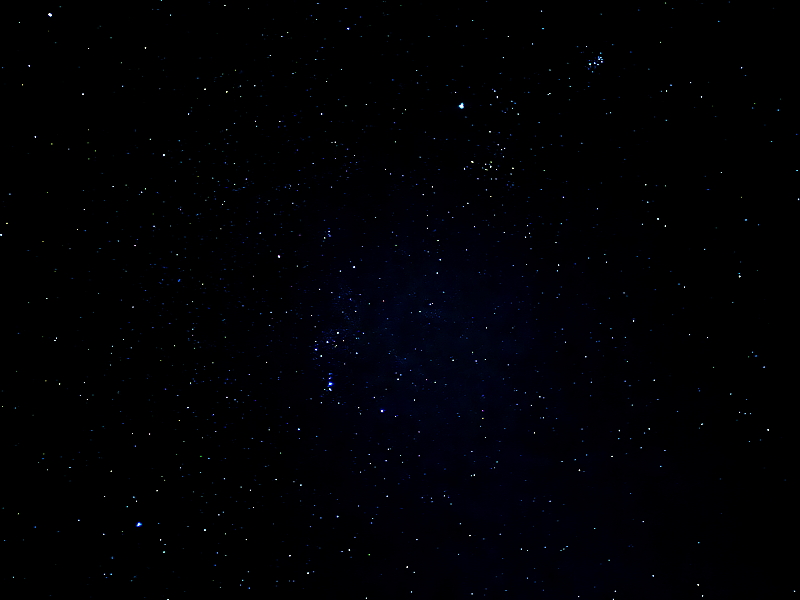
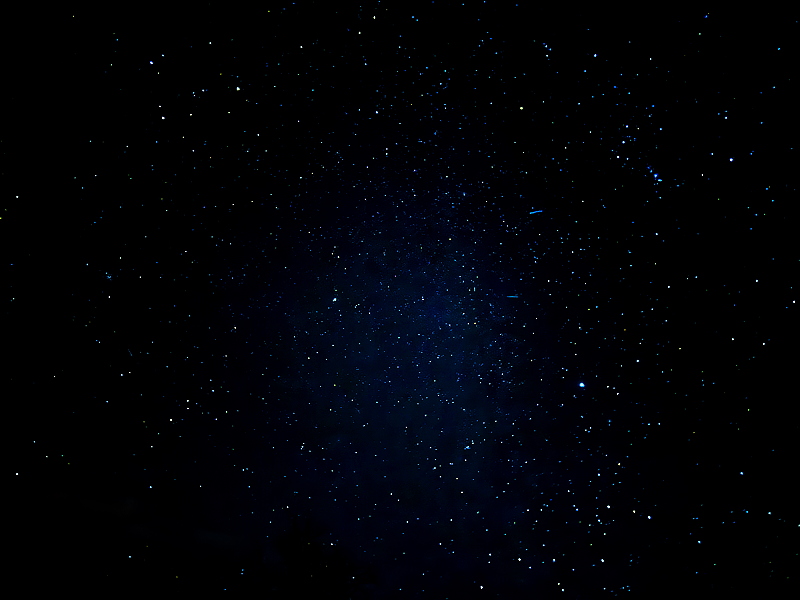
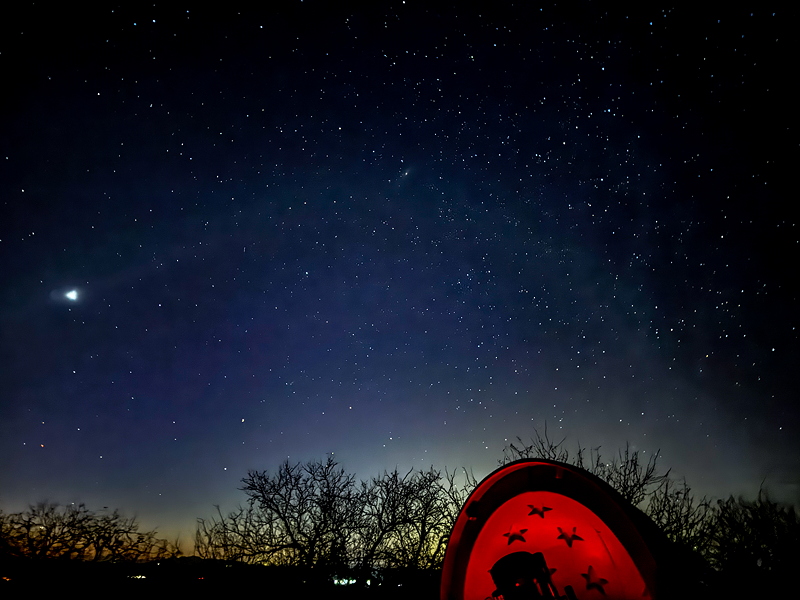
Mounted the D850 DSLR at prime focus + 2" UHC filter, focused on the star Betelgeuse, locked the 12" telescope primary mirror, and slewed to the Horsehead Nebula.
1940 MST: StarLock ON.
I had to do many framing test exposures (1 minute, ISO 25600) to avoid reflection artifacts from bright stars outside of the camera field-of-view. That was my first challenge in imaging the Horsehead Nebula this session. Here is one example image. The Horsehead Nebula is in the center.

After I managed to get a tolerable image framing, I began doing StarLock autoguided, 5 minute, ISO 6400, exposures. But I had to deal with a satellite ruining one exposure.

I finally managed to get six good images of the Horsehead Nebula. This is a stack of the images (effective exposure 30 minutes, cropped).
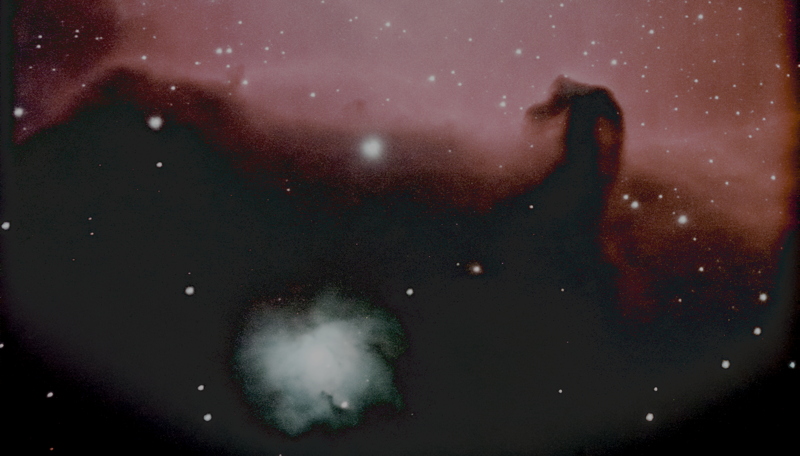
Click or tap on image for larger version
2041 MST: StarLock OFF.
2052 MST: Dome ON.
Viewed Jupiter and the four Galilean Moons, 102X.
2055 MST: LX600 OFF.
2101 MST: Took a Sky Quality reading and reported the result to Globe at Night.
|
Close: Friday, 21 February 2025, 2106 MST Temperature: 52°F |
Session Length: 2h 52m Conditions: Clear, SQM 20.76 |
Comments are welcome using Email. Please read the Email Etiquette guidance.
Cassiopeia Observatory Home Page
Copyright ©2025 Michael L. Weasner / mweasner@mac.com.
URL = http://www.weasner.com/co/Reports/2025/02/22/index.html
